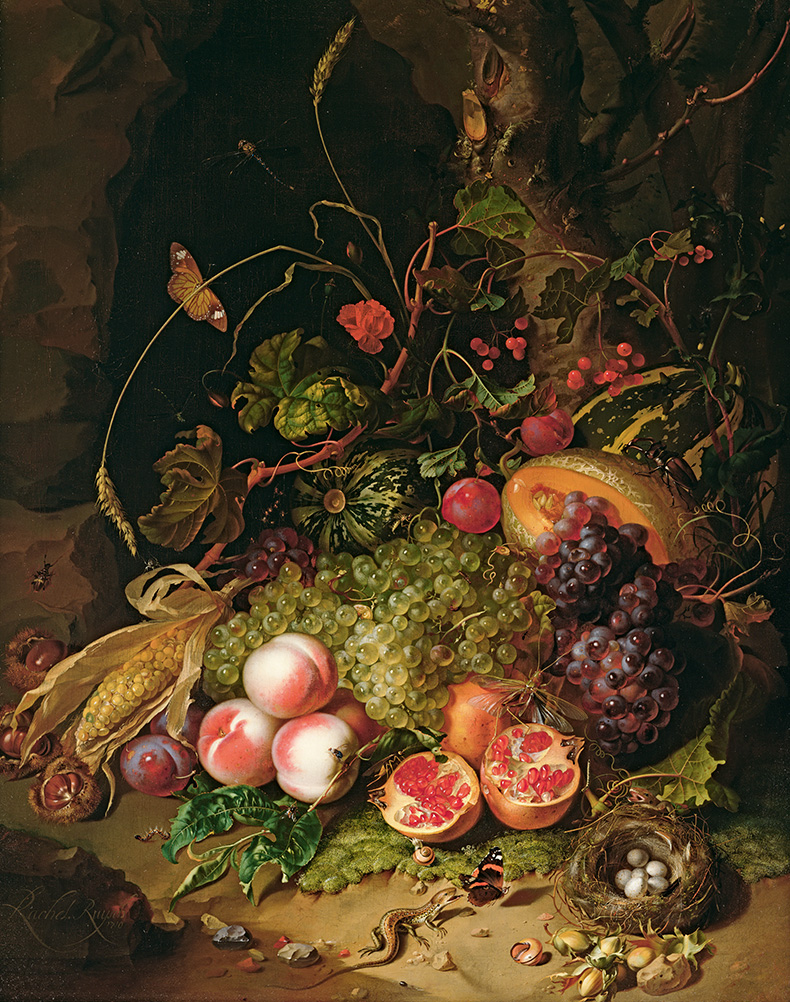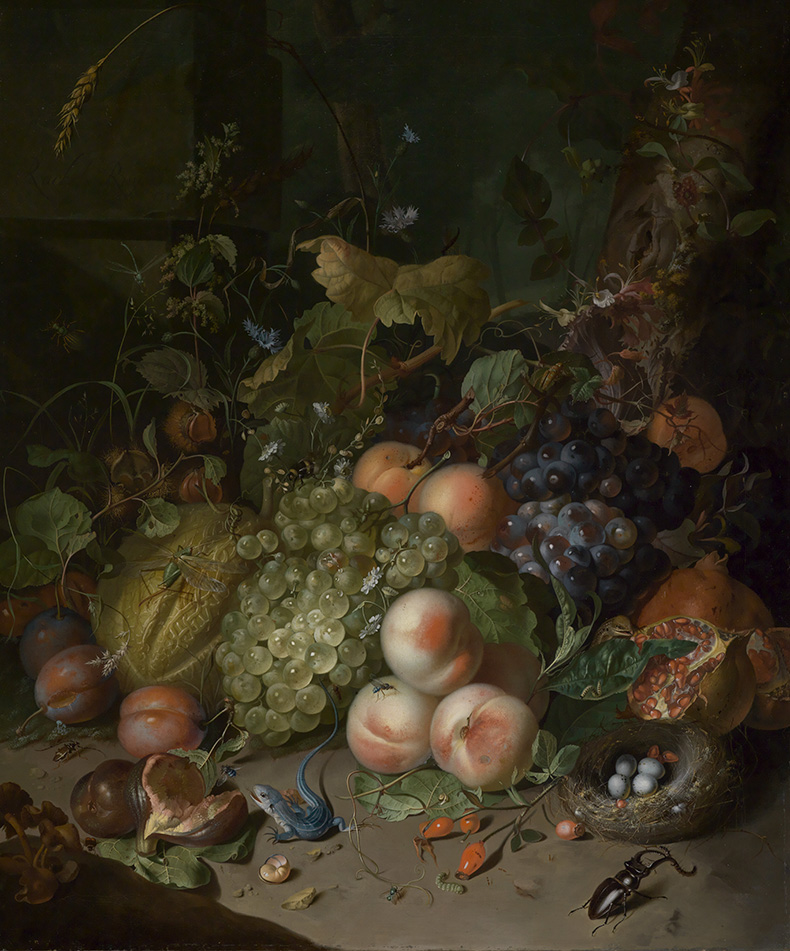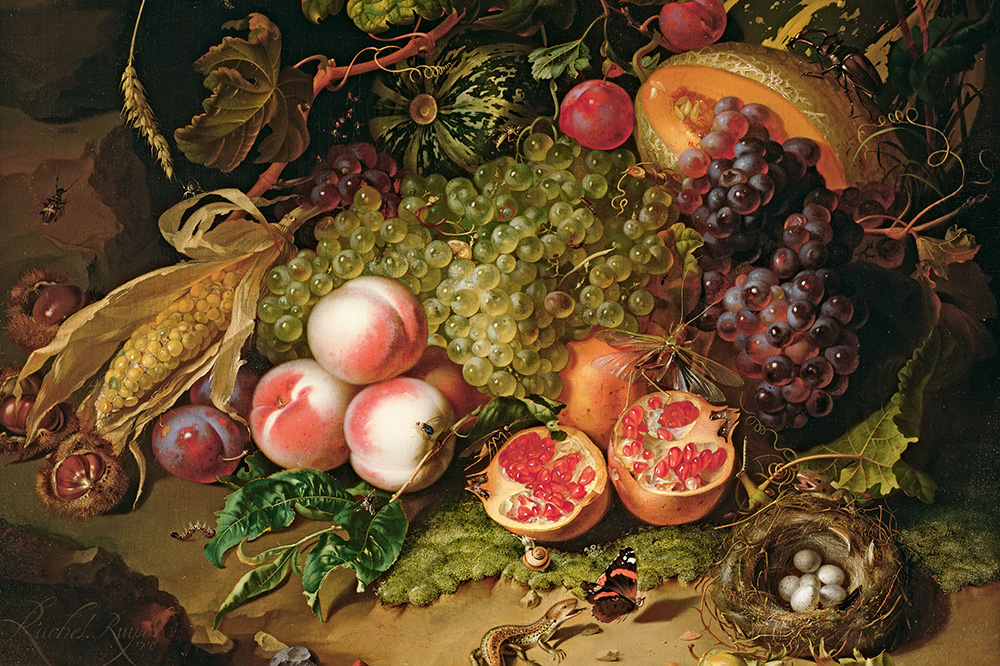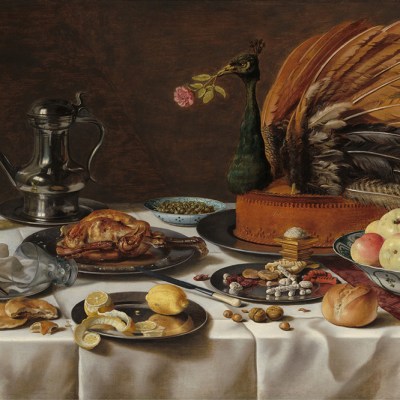The floral still lifes of Rachel Ruysch (1664–1750) may look like pretty, decorative paintings to modern eyes, but they are extraordinarily detailed, innovative and, during her lifetime, fetched eye-watering sums of money. In the world’s first major exhibition dedicated solely to Ruysch, the Alte Pinakothek in Munich is displaying a selection of her works, from her early paintings, produced under her teacher Willem van Aelst, to the mature pieces which cemented her reputation as the most celebrated floral painter of her day (26 November–16 March 2025). Rusych had access to Amsterdam’s botanical gardens and their specimens through her botanist father, and her paintings reflect – and sometimes play with – the developments in botanical research that were taking place at the time. Many of her works include details that only reveal themselves on close inspection – insects crawling around the flowers, for instance, or pieces of fruit, or even classical statues half-glimpsed in the background of the canvas. The loosely chronological structure of the show also allows viewers to become acquainted with Ruysch’s remarkable life, during which – to pick one detail – she won the lottery on two separate occasions.
Find out more from the Pinakothek’s website.
Preview below | View Apollo’s Art Diary
Festoon with Flowers and Fruit (1682), Rachel Ruysch. Photo: © National Gallery Prague

Fruit Piece (1710), Rachel Ruysch. Photo: © Johnny Van Haeften Ltd., London/Bridgeman Images

Fruit Still Life with Stag Beetle and Nest (1717), Rachel Ruysch. Photo: Staatliche Kunsthalle Karlsruhe

Still Life of Exotic Flowers on a Marble Ledge (c. 1735), Rachel Ruysch. Photo: Rick Andersen; courtesy Nelson-Atkins Digital Production & Preservation




